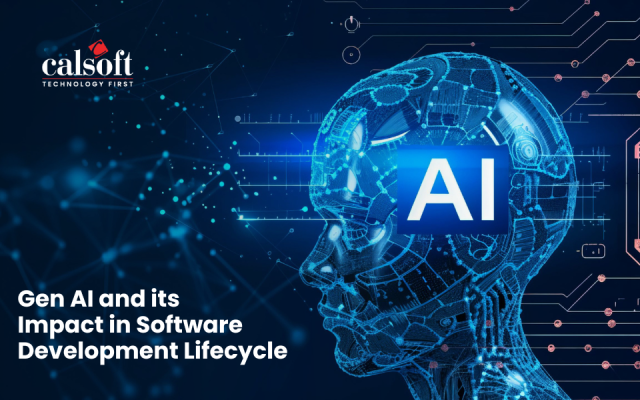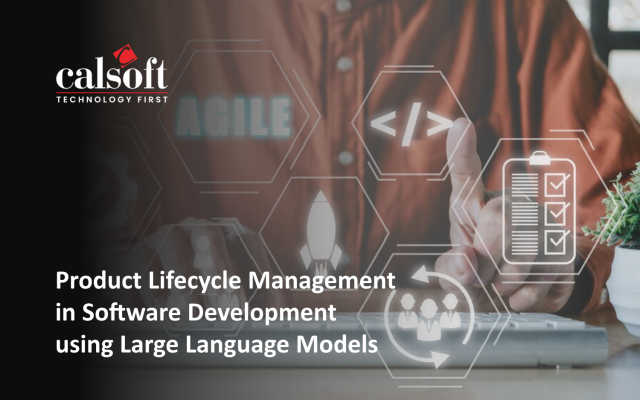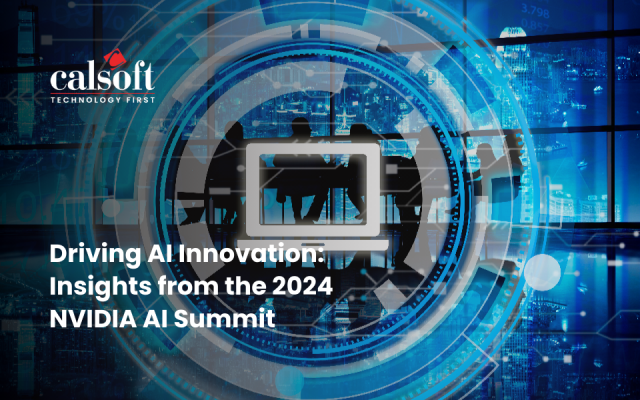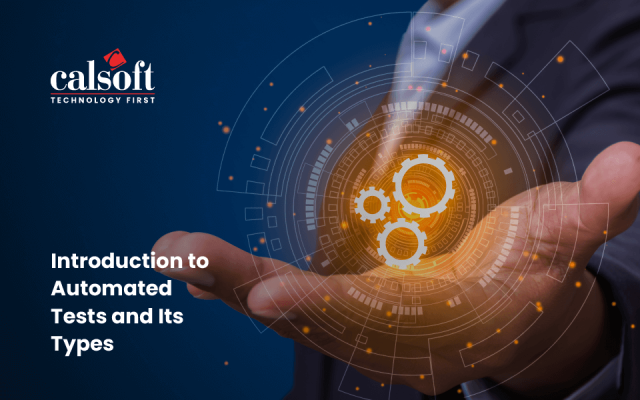Technology adoption is at an all-time high, driving innovation like never before, especially in the wake of the Coronavirus pandemic, and changing customer behaviors like there’s no looking back. This means that development teams are constantly under pressure to deliver new features, while simultaneously meeting the demands for 24×7 availability and high security.
However, in a competitive environment, the only way to survive and thrive is by moving fast. While Artificial Intelligence (AI) can enable you to automate mundane, day-to-day tasks, and improve business decision-making, if you want to meet the growing needs of your customers and drive competitive success, you need AI to enable Infrastructure Agility (IA). Let’s get into the details of IA.
What is IA?
Infrastructure Agility is the ability of an organization to quickly provision and scale IT infrastructure resources to meet the growing customer demands.
Using IA, you can ensure flexibility, scale your products and applications, and stay ahead of the competition. With the right technology in place, you can deal with the horizontal or vertical scaling needs of your application, and dynamically add resources to meet those needs.
Why do you need IA?
As the demand for new products, features, and versions increases, you need to build your products such that they can grow as the needs of your business and/or your customers grow.
In today’s era of Digital Transformation, there are several reasons why IA is critical to digital success. IA enables you to:
- Cater to new customer requirements, outdo the competition, and stay ahead of the curve.
- Ensure high availability and uptime of your products/applications and offer a seamless end-user experience.
- Scale your products/applications while keeping capital expenditure under control.
- Comply with the increasing number of industry and government regulations and minimize operational risks.
What is the Role of AI in IA?
As mentioned earlier, AI can enable IA by automating the infrastructure operations. With the increasing amount of data, the need for infrastructure automation is also increasing, and amidst all this, security concerns are also coming to the fore.
An AI-based security model can improve IA by turning it into a self-monitoring and self-healing system. AI can also support predictive event management that can help in the early detection of issues and possible breakdowns.
The ability to predict events with AI implementation can help in some business-critical decision making. AI also shows some promise in analyzing the data and embedding it with intelligence to automate infrastructure processes.
How to enable IA?
Infrastructure Agility is a key enabler of modern digital businesses, and Netflix is a perfect example of that. As it witnesses an exponential surge in customer base, IA is enabling the streaming service provider to cater to the growing audience, while continuing to disrupt its industry through innovative features and capabilities.
If you’re looking to become fast and adaptive, you must have IA as the foundation of your digital business.
Here are the technologies that can enable IA in your organization:
- Cloud: Cloud provides on-demand access to resources – whenever and wherever you need them. With anytime, anywhere access to cutting-edge computing resources such as servers, storage, databases, networking, software, analytics, or even intelligent applications, the Cloud allows you to unleash the power of true IA and unlock the real value of your applications. And all this, while staying within the budget and with reduced management effort.
- Automation: This is where AI can make a stand. Embracing automation, AI-driven, or otherwise, across your organization is a great way to complement and redirect the manual effort. Automation could help reduce the time taken to deploy new infrastructure while simultaneously eliminating the number (and impact) of errors. Using automation, you can deploy new IT infrastructure in a fraction of the time, quickly build frameworks for orchestration of resources, improve the performance and availability of your applications, and improve security compliance and management.
- Containerization: For organizations looking to release software at a faster pace, containerization allows you to break products into smaller manageable parts and orchestrated for pace and flexibility. Changes can be made in isolation and – without affecting other parts of the system. Through containerization, you can easily extend on-premises data centers to container ecosystems, drive continuous delivery, and improve the time-to-market.
- Virtualization: Virtualization is another great way to enable IA. By developing products on virtualized environments, you can restrict your hardware cost, speed up deployment time, and boost agility. Virtualization enables faster provisioning of resources, greater workload mobility, and improved responsiveness, while making IT simpler to manage and less costly to own and operate.
- Edge: Much of AI and automation will have to be driven by data. And with huge volumes of data flowing up and down between devices at the edge and the cloud, the use case for Edge Computing becomes more apparent. As IoT devices proliferate, Edge Computing can allow you to meet the data processing requirements your solutions demand. Using Edge, you can efficiently handle massive amounts of IoT data and analyze it right where it’s generated — on the device. Using Edge, you can not only accelerate processing and analysis time, but also enable quicker response rates, and improve end-user experience.
Compete and win
With new technologies disrupting the market, customer preferences evolving like never before and market dynamics changing all the time, keeping pace with change is vital. In these conditions, enabling Infrastructure Agility could well become a critical enabler for digital business success.
IA, through the adoption of cloud, automation, virtualization, containerization, and edge, can help your organization become more agile, while combining scale with speed, flexibility, and resilience to compete and win in today’s digital world. For all we know, it could also be a powerful enabler for the post-pandemic era that we are all hoping will begin soon.
Further Reading:
Download this informative eBrief to dive deep into the potential of Edge Computing to bring intelligence closer to the data source.






